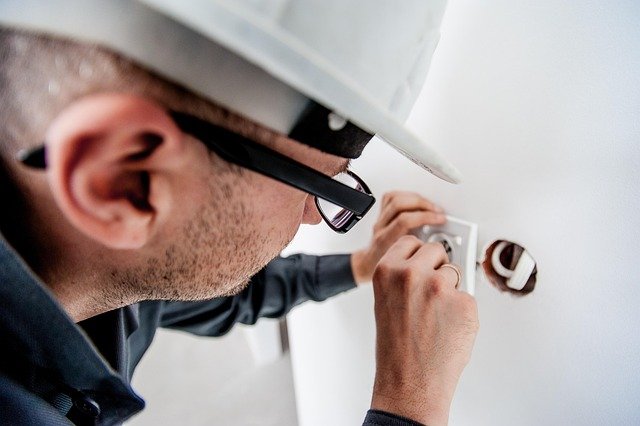Aviation training: pathways, methods and career planning
Aviation training prepares people for roles across commercial, private and technical aviation. It includes classroom theory, simulator hours and in-flight experience tailored to licences and ratings such as PPL, CPL, ATPL, IR and type ratings. This article outlines common pathways, training methods, provider considerations, likely timelines and estimated costs to help prospective students make informed choices.

What does aviation training cover?
Aviation training covers a mix of theoretical knowledge and practical skills. Theory courses address air law, meteorology, navigation, human performance and aircraft systems. Practical elements include dual instruction, solo flight, instrument procedures and multi-crew cooperation. Technical training for engineers focuses on maintenance, avionics and regulatory compliance. Many programmes integrate human factors and safety management to reflect modern operational standards. Training content varies by country and by the licence or rating sought, so check national aviation authority requirements and course syllabuses.
Types of certification and pathways
There are common pathways: private pilot licence (PPL), commercial pilot licence (CPL) with instrument rating (IR), and airline transport pilot licence (ATPL) for airline command. Options include modular training, where students complete discrete modules over time, and integrated programmes that move students from zero flight hours to professional licence within a single course. Specialist routes include type ratings for a specific aircraft, multi-crew cooperation (MCC) courses, and simulator-based revalidation. Engineers follow separate approved courses towards licenses such as EASA Part-66 or national equivalents.
Training methods and technology
Training increasingly uses advanced flight simulators, virtual reality aids and scenario-based instruction to reduce costs and improve safety. Full flight simulators (FFS) provide realistic type-rating experience without aircraft hours, while flight training devices and synthetic trainers offer cost-effective procedural practice. Classroom learning is often blended with e-learning for theory exams. Assessment relies on competence-based checks rather than purely hours-based requirements in many jurisdictions, emphasising decision-making and crew resource management alongside stick-and-rudder skills.
Choosing a training provider or local services
Selecting a provider requires checking approvals from the relevant aviation authority, instructor qualifications, fleet condition and graduate outcomes. Consider whether the provider offers integrated pathways, modular flexibility, or partnerships with airlines. For those seeking options in your area, compare local services for simulator access, maintenance support and accommodation packages. Visit training facilities when possible, ask about instructor-to-student ratios, and request recent pass-rate statistics or employment placement information to assess suitability for your objectives.
Costs, timelines and career outcomes
Training duration and costs depend on pathway and region. Integrated programmes may take 12–24 months to complete, while modular routes can span several years. Career outcomes vary: PPL holders fly privately, CPL/IR graduates can pursue commercial flying jobs, and ATPL graduates are eligible for airline roles when they meet experience thresholds. Many airlines now require type ratings or specific simulator experience for recruitment. Realistic planning should include contingency for weather delays, additional training sessions and ongoing recurrent checks.
| Product/Service | Provider | Cost Estimation |
|---|---|---|
| Integrated ATPL (ab initio) | CAE | £60,000–£100,000 |
| Integrated ATPL (ab initio) | L3Harris / L3 Airline Academy | £55,000–£95,000 |
| Modular CPL + IR route | FlightSafety International | £30,000–£70,000 |
| Integrated ATPL (EU provider) | FTE Jerez | €45,000–€70,000 |
Prices, rates, or cost estimates mentioned in this article are based on the latest available information but may change over time. Independent research is advised before making financial decisions.
Conclusion
Aviation training is multifaceted, combining regulated theory, practical flying or technical instruction, and growing use of simulation and scenario-based methods. Prospective students should match a pathway to career goals, verify provider approvals and consider timelines and likely costs. Careful research into local services, instructor qualifications and course structure will help align expectations with the realities of the aviation profession.




